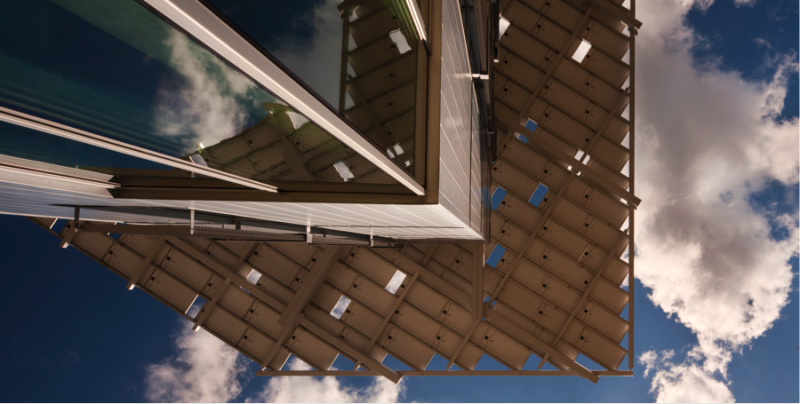Using the Bullitt Center as a touchstone, the Deep Green Buildings program promoted huge leaps—as opposed to incremental shifts—in the built environment. It promoted the construction of commercial and residential buildings that implement designs, materials, and technologies that are most relevant to 21st century needs and conditions, including the impending changes to our region’s climate. Deep Green Buildings emphasized actual building performance instead of installed measures or attribute checklists. It encouraged the development of structures with very long design lives and inherent flexibility to adjust to an uncertain future. It sought to create broad industry and consumer acceptance of buildings that operate as components in a larger, ecologically resilient and sustainable neighborhood system; are comfortable, productive, healthy, and beautiful; and display the lightest possible environmental footprint. Ultimately, the program worked to ensure that the Bullitt Center is the first of many buildings of its kind.
Design and Components
- Promoted “integrated design processes,” where architects, engineers, and contractors work with the developer at every stage of the design process so there are no surprises—and no goal-destroying value engineering—after breaking ground.
- Demonstrated innovative approaches that solve multiple problems simultaneously.
- Pushed the boundaries of energy efficiency. The average commercial office building in Seattle uses more than 90,000 Btu/ft2. The Bullitt Center uses just 10,000, with no loss in comfort or productivity. The Deep Green Building program sought to evangelize and normalize such leapfrog improvements.
- Promoted use of on-site energy sources such as building-integrated photovoltaics and attempted to overcome barriers to onsite energy storage.
- Encouraged the use of rainwater collection technologies, cisterns, and decentralized water purification to provide healthy, reliable drinking water.
- Promoted innovative use of healthy, responsibly sourced, inherently non-toxic local materials.
- Encouraged the region’s best architects and engineers to share experiences and databases to promote superb architecture throughout the Emerald Corridor.
- Maintained an abiding skepticism of skyscrapers as sustainable structures in general (and especially in this region with the perilous Cascadia subduction zone). Humans evolved close to the ground. Shorter buildings can rely on ambient sun and rain for all or most of their energy and water, creating more resilient communities.
- Convened dialogues, charrettes, and other gatherings as appropriate to foster creative and collaborative approaches to overcome barriers.
Finance and Regulation
- Established strong working relationships with public, private, and non-profit leaders who were positioned to influence the pace and scale by which deep green building policies, technologies, and practices were adopted.
- Promoted appropriate valuation for the financial and environmental externalities that deep green buildings mitigate.
- Promoted policies, practices, building codes, and incentives that accelerated the widespread development of deep green buildings.

